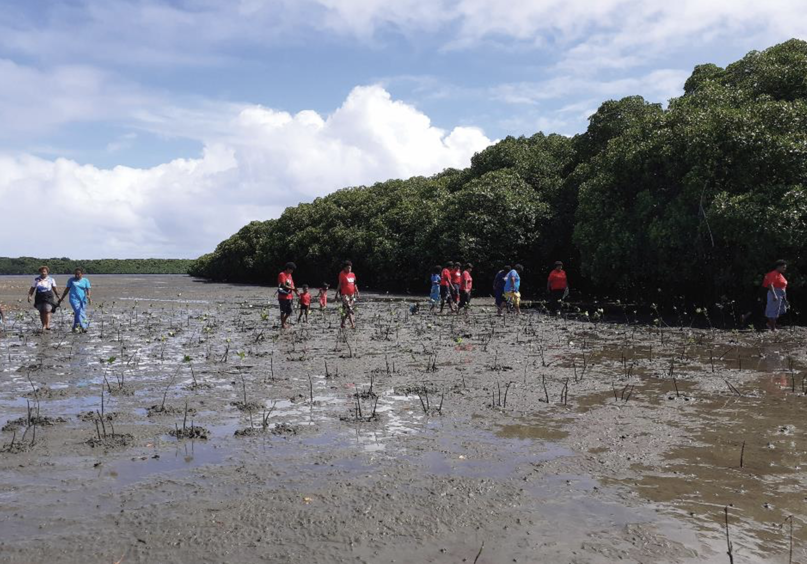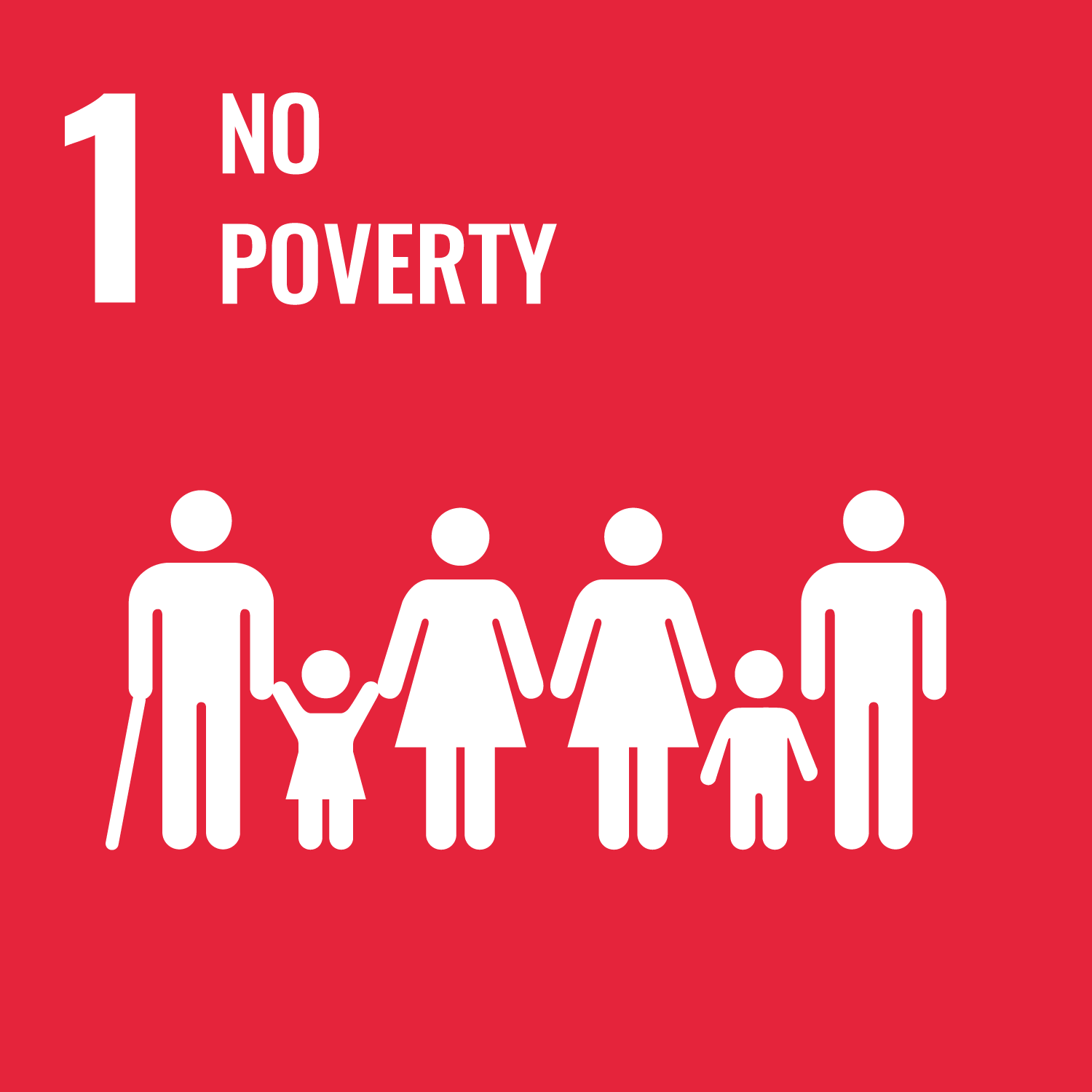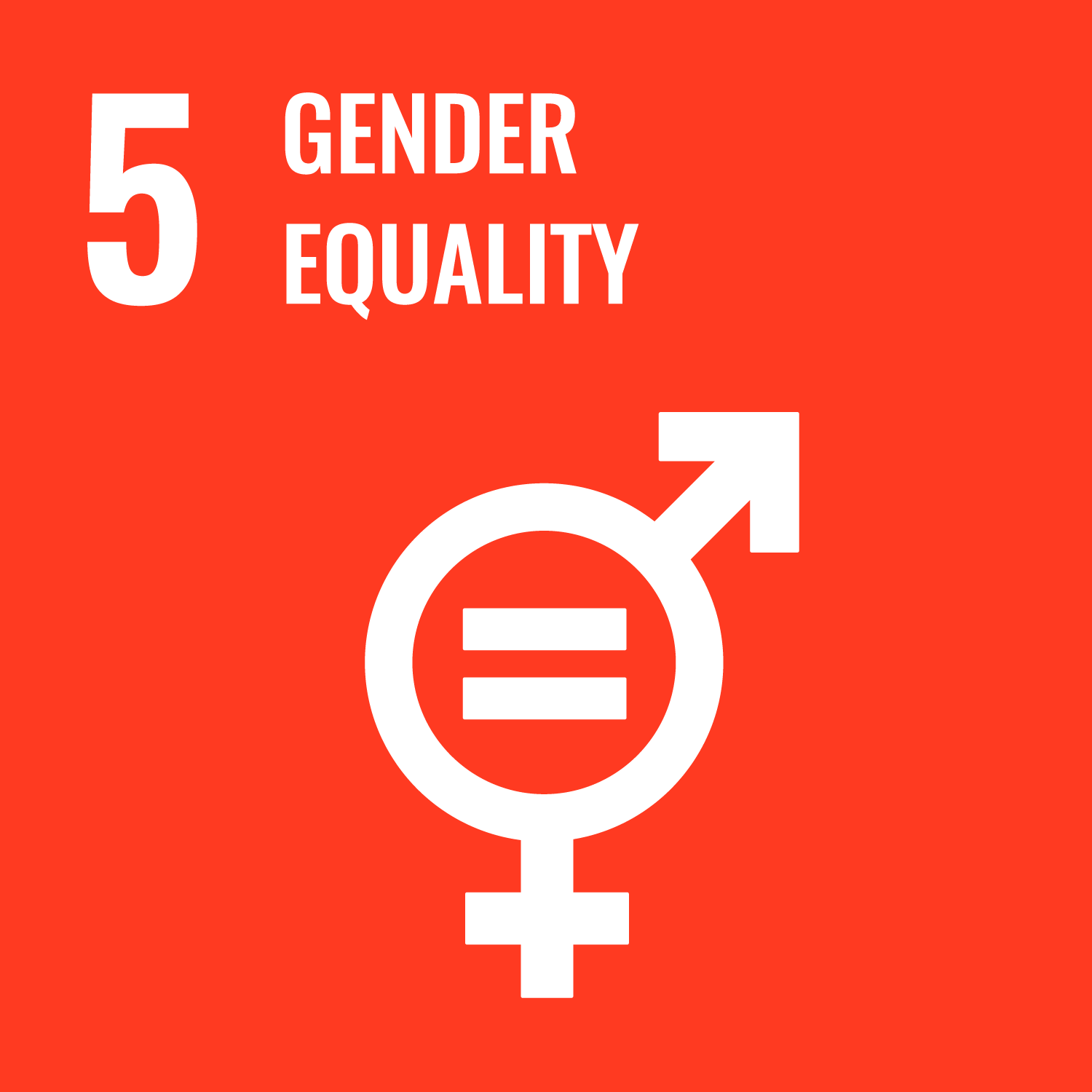New guidelines and videos launched on restoring mangroves in Fiji
8 December 2022

The Nasilai women’s group planted 5000 mangrove propagules along the foreshores of their village as part of the ITTO project. Photo: Aporosa Ramulo Livani, Ministry of Forestry
Yokohama, Japan, 8 December 2022: A guideline and three videos on mangrove rehabilitation and restoration in Fiji released today are the culmination of an ITTO project that has supported local communities and government in restoring mangroves and wetlands in the Rewa Delta, Fiji’s most important marine ecosystem.
The project constitutes a key element of the Fiji Government’s efforts to increase tree cover in the country.
“It is government’s intention to plant 30 million trees in 15 years,” said Mr Pene Baleinabuli, Permanent Secretary for Forestry, in one of the videos released today. “The ITTO project rehabilitation exercise in mangrove reforestation goes a long way in adding value to this goal—cultivating a culture for sustainability for our future generations.”
With an estimated area of 46 600 hectares, Fiji has the third-largest area of mangroves in the Pacific after Papua New Guinea and the Solomon Islands, mostly on the two main islands of Viti Levu and Vanua Levu. The largest area of mangroves is in the Rewa Delta on Viti Levu, and it is under threat from climate change and overexploitation.
The aim of the ITTO project, which was implemented by Fiji’s Ministry of Forestry, was to reverse the degradation of mangrove resources in the Rewa Delta.
It has had a considerable impact. For example, the project established sites to demonstrate the rehabilitation and sustainable management of coastal and mangrove wetlands; worked with communities and other stakeholders to improve decision-making on mangroves; developed a national guideline on mangrove use and management; and raised awareness of the importance of sustainable mangrove management, including through production of the three videos.
“Mangrove restoration is the best nature-based solution for climate mitigation and adaptation, which is likely to make an ever-bigger contribution to the Fijian economy,” said Mr Baleinabuli. “The prohibiting of the cutting and sale of mangroves in the Rewa Delta for commercial purposes and freeing it from overexploitation is a great achievement for the ITTO project in Fiji.”
The ITTO project has brought many benefits to local communities in the Delta, such as the creation of more sustainable livelihood options.
“I am very delighted with the prospects of what the brackish water shrimp pond will bring to my village,” said Alanieta Sarvivai, a women’s group leader in Naivakacau village on the island of Tailevu, speaking in one of the videos. “This will add to our community coffers when harvested and sold and it will create an alternative option for us instead of always having to depend on our [mangrove] resources.”
The Community-based Management Guideline for Mangrove Rehabilitation and Restoration in Fiji was prepared based on pilot activities undertaken in the project with the aim of helping communities better manage their mangrove resources. The first “how-to” manual on mangroves in Fiji, it will enable coastal communities to improve the management of their mangrove resources.
The objectives of the guideline are to:
- educate and strengthen the capacities of stakeholders and others in mangrove rehabilitation and restoration work;
- inform initiatives at the concept level on potential options and management approaches to planning, implementing and monitoring mangrove rehabilitation and restoration;
- initiate dialogue among stakeholders and government agencies on mangrove conservation and sustainable management; and
- raise awareness and encourage the involvement of private and public institutions in supporting the mangrove conservation and sustainable management.
ITTO Executive Director Sheam Satkuru congratulated the Government of Fiji on the successful completion of the project and the release of the videos and guideline.
“These products illustrate the crucial importance of sustainable use of natural resources for the benefit of people, the environment and the economy in the mists of current global challenges,” she said.
“The project benefits represent a transformative approach in the participation of local communities in forest management for their own well-being, with ramifications for effectively combating climate change, benefiting us all.”
Access the videos on ITTO’s YouTube channel.





